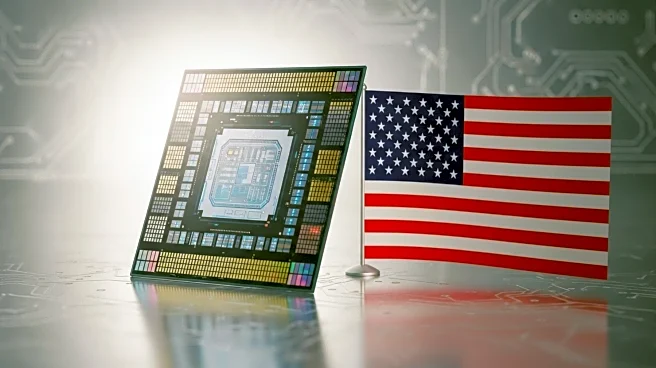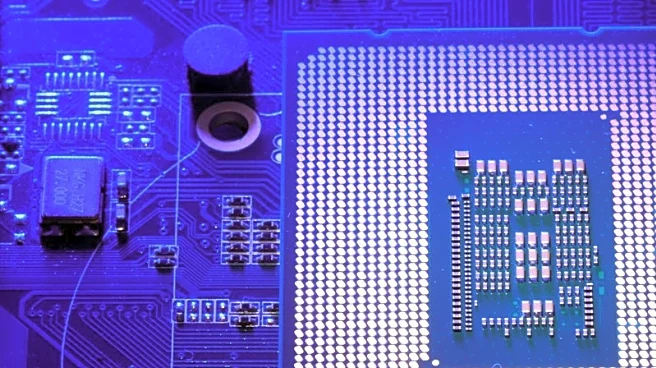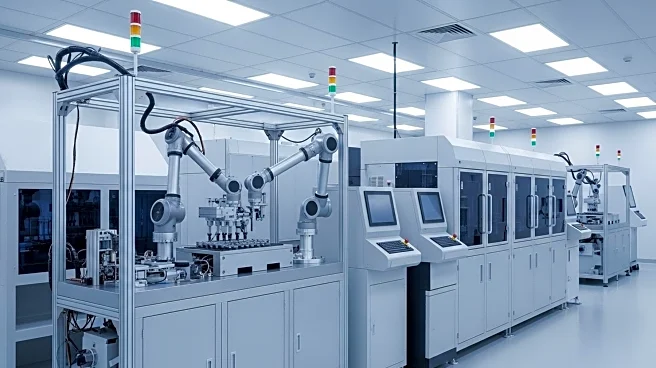What's Happening?
The Trump administration is contemplating imposing tariffs on foreign electronic devices based on the number of chips they contain. This move aims to encourage companies to shift manufacturing to the United States. The proposed tariffs would be calculated as a percentage of the product's chip content value. The plan is part of a broader strategy to reduce reliance on foreign imports for semiconductor products, deemed essential for national and economic security.
Why It's Important?
If implemented, these tariffs could significantly impact the electronics industry, potentially increasing the cost of consumer goods. The move could also exacerbate inflationary pressures in the U.S. economy. By incentivizing domestic manufacturing, the administration seeks to bolster American industry and reduce dependency on foreign supply chains. However, the plan may face opposition from international trade partners and could lead to trade tensions.
What's Next?
The administration's proposal is still under consideration, and details such as tariff rates and exemptions are yet to be finalized. The plan's implementation could prompt reactions from affected countries and companies, potentially leading to negotiations or trade disputes. The outcome may influence future U.S. trade policies and the global electronics market.











